Japanese bath: types and subtleties of arrangement
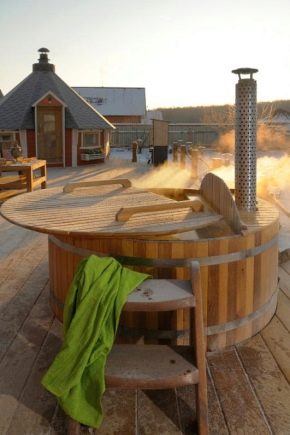
Russian and Finnish baths (saunas) are known to all residents of Russia, but the same cannot be said about Japanese baths. They are extremely exotic even in appearance, hardly recognizable. This approach to the bath business has its advantages, and you need to understand them.
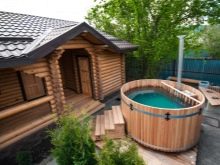

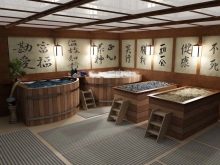
What it is?
A Japanese bath for those who came there for the first time does not even look strange: it is difficult to get rid of the thought that this is not a bath at all. You will see a barrel filled with water. Pebbles or warm sawdust are stacked in the bathtub nearby, but it is impossible to guess how to use these things, what their meaning is, from their outward appearance. Subject to strict rules in the Japanese-style bath, you can get extraordinary pleasure. Although it is called a bathhouse, there is no usual stove or benches in it. It is impossible to understand all this, if you do not take into account that the Japanese bath is represented by three different types.
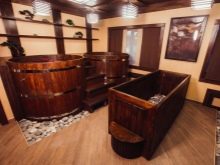
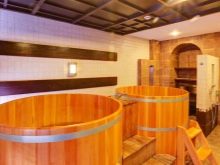
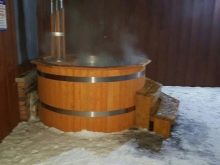
Types and characteristics
For a better understanding, let us consider in detail each type of Japanese bath.
Furako
When the "mysterious" word furako is pronounced, it only means a barrel into which hot water is poured. But if they talk about the furako font, then this is already a whole bathtub with a wood-burning stove (and this bathtub necessarily has a round shape).
The following are used as raw materials:
- oak;
- larch;
- cedar;
- pine.
The barrel is equipped with an internal bench for seating the washable. Of course, the capacity of the product must be large enough. Furako is traditionally made with a double bottom so that you can put the oven inside. To prevent the unused barrel from cooling, it is equipped with lids.
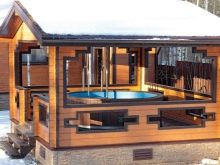
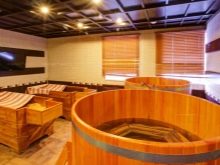
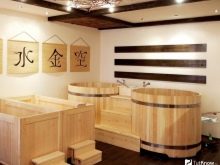
Ofuro
This is the name of the cedar boxes, in one of them sawdust is used, in the other pebbles, this system is necessary for one of the important stages of work. This scheme implies a rectangular ofuro shape, the box is almost always made from cedar or oak massif. The typical heating method is bottom. In modern products, devices for electric heating are widely used. As for the size, they should be such that you can lie in the ofuro at full height. Put at least 40 kg of sawdust inside. Heating, depending on the size of the bath, is provided by an electric installation with a power of 1500 - 6000 W.
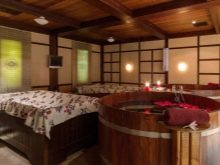
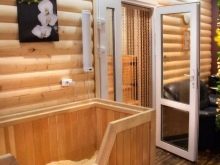
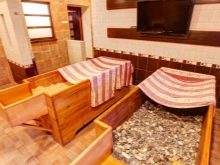
Sento
Unlike the two previous words, this is no longer some kind of separate device, but the name of a Japanese public bath. It provides a pool with water, the temperature of which reaches 50 - 55 degrees. Before bathing, they usually take a contrast shower. After that, visitors go to comfortable lounges and participate in the tea ceremony. Modern Japanese baths can offer additional services, which include massage, cosmetic masks, medical wraps. Each client will be able to choose a program strictly according to their preferences.
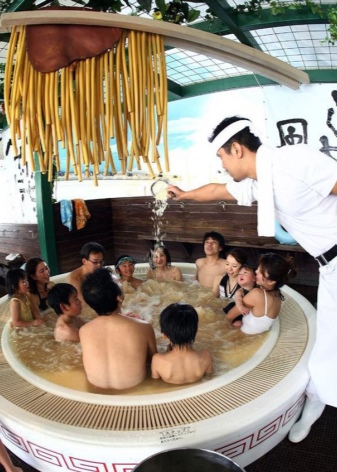

For all the difference in the names in the arrangement, the key principles remain strictly unchanged. In contrast to the sauna, healing and cleansing is achieved without the effect of significant temperature or high humidity. Use warm water, sawdust and pebbles. The boxes into which the visitors of the Japanese bath are immersed have thick metal walls, they must be equipped with electric heating means. The Japanese bath is related to the Finnish, Russian, Turkish only the use of wood heating. Everything else is different. The difference is due to different philosophy, traditional cultural norms.Buddhism has a negative attitude to the killing of animals, which in the Middle Ages only allowed soap to be made (there were no other technologies). Therefore, the Japanese took the path of using the hottest water that can be used without soap, then the need for cosmetic and hygiene products will disappear.
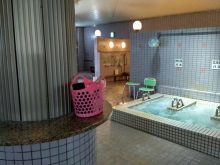
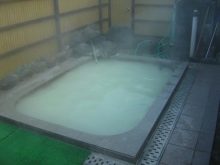
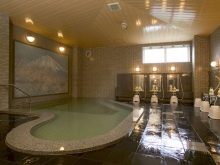
Furako and ofuro became very popular for other reasons (due to the abundance of thermal springs characteristic of Japan). This circumstance made it possible to build many baths, consuming natural hot water, and almost not waste fuel.
It should be noted that even in such a small island country there is an internal cultural differentiation., in some regions, the names "furako" and "ofuro" refer to the tub and barrel, respectively. But the approach does not change: you can use a container with sawdust only after bathing. To improve the result, natural ingredients of plant or mineral origin are added to the water. Even experienced vapers with good health should not be in furako and ofuro for more than 15 minutes; for beginners or people with a weakened body, this time is three times less.
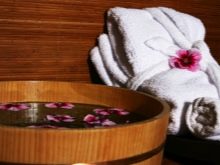
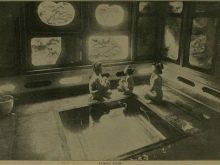
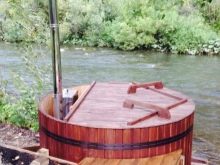
Sitting in a barrel, one should avoid immersing the heart in water. If there is even the slightest discomfort, you need to immediately leave the container, not counting on adaptation after a few minutes. It will be good if a visitor to a Japanese bath takes a shower before diving.
The benefits will be as follows:
- improving the work of blood circulation and kidneys;
- strengthening protection against physical and mental stress;
- help in losing weight;
- normalization of the skin.
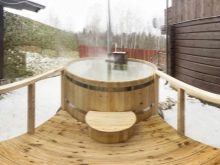
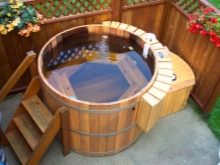
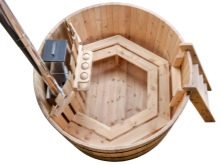
All this will be achieved only under one condition - the correct use of bath procedures and the elimination of typical mistakes. Usually, in Japanese public baths, a special employee is allocated who (s) explains what and how to do it. In addition to the shower, before washing, it is advisable to steam your feet, get a massage. The first barrel to be dipped into is filled with water at a maximum temperature of 45 degrees. Then they go to the second container, where the liquid is already warmed up to 45 - 50 degrees.
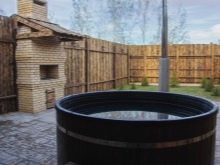
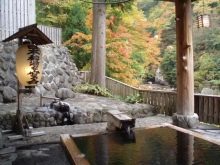
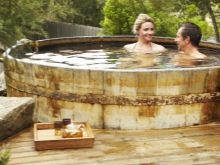
In order to save space, water in commercial establishments and private houses usually uses only one barrel, varying the heating of water in it using specialized equipment.
After bathing, be sure to wipe dry and go to plunge into the bath with cedar or aspen sawdust. This part of the bath procedure allows you to relax and sweat, in addition to receiving a substantial portion of biologically active substances contained in the wood. Additionally, medicinal herbs and essential oils are used. The dry part of the bath is very hot, it warms up to 60 degrees. It is categorically unacceptable for children under three years old to go to a Japanese bathhouse, as well as for pregnant women. The ban applies to everyone who has heart and vascular disorders. It is unacceptable for patients with tuberculosis, any other acute infections.
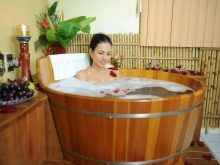
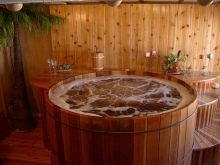

Seat selection
The equipment of a Japanese bath in open areas has its own subtleties. You need to choose an area where the sun does not heat too much. Otherwise, the wood will heat up and dry out. It is recommended not to leave the furaco dry for a long time. It is unacceptable to build a bathhouse where it will create cramped conditions. It is impossible that she herself was cramped. It is important to make the Japanese bath room not too extensive: this will entail the need to heat unnecessary area.
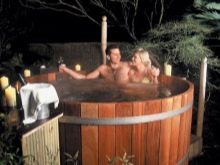

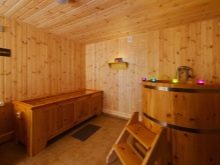
The separation of the building from other buildings and objects is also necessary because it increases the protection against fire. When there is not much space on the site, it is worth combining the furaco with a residential building, and not placing it on the street or in a separate building. The choice of a two-level solution helps to further reduce the occupied area. The bathhouse itself is located on the first tier, and the upper tier is set aside for the rest room. If you wish, you can distribute different parts of the Japanese bath in height, you can relax in the house.
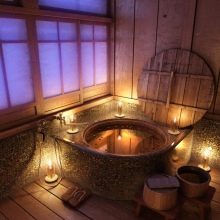
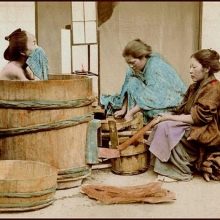
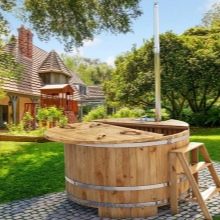
Construction features
In Japanese baths, most often they use a wood-burning stove based on stainless steel of the highest grades. When working independently, you need to pay special attention to the perfection of the barrel design and its dimensions. For three people who wash at the same time, furako is made with a diameter of 150 - 160 cm, a height of 100 - 120 cm.The bath barrels produced at the factories have dimensions of 130 - 200 and 100 - 120 cm, respectively, the wall thickness is from 4.2 to 4.8 cm When planning to build a Japanese bath with your own hands, you need to consider: this design will be quite heavy.
The base will be pressed by:
- a large barrel of water;
- bake;
- a box with a significant portion of sawdust;
- visitors and the furniture they use.
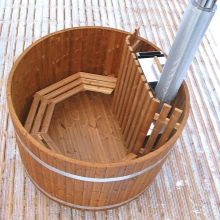
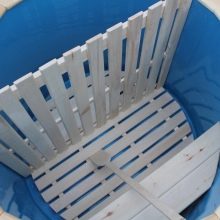
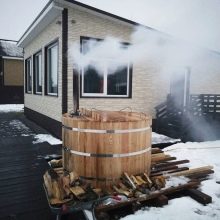
The foundation is usually made using tape or columnar patterns., diligently seek horizontal placement of the building, deviations should be minimal. Therefore, on an area where there are even relatively small irregularities, it is required to use piles. Pits are drilled along the perimeter, the gap between which is exactly 150 cm. The pile frames must be reinforced; after they are placed in the pit, they are always poured with concrete. After the frame has dried, bricks are laid out on it, which must be protected from contact with moisture.
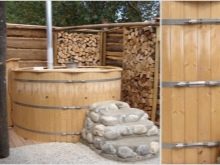

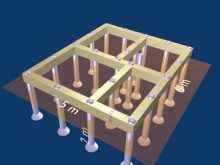
Where the stove and furako will stand, a special foundation is equipped (necessarily monolithic). With a reserve of 10 cm in diameter, a special pit is dug with a carefully rammed cushion of sand 10-15 cm thick. The next gravel layer is also supposed to be rammed with the help of improvised means. To make the base rigid, a reinforcing frame, poured with concrete, is used. Above the pillars of the main part of the foundation, this section should rise by 50 - 100 mm; it is impossible to do without waterproofing the pillars.
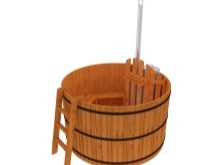
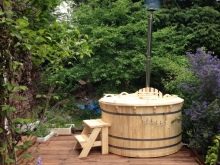
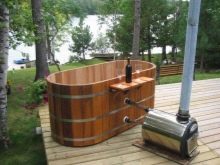
When it comes to walls, you can apply:
- round wood;
- rounded logs;
- timber;
- prefabricated frames.
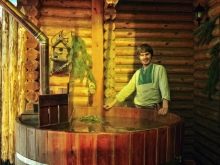
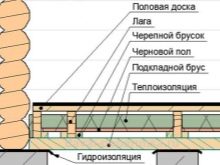
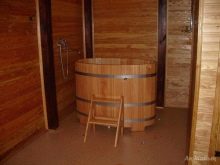
The best and strongest structures are those made of cedar or solid oak, but most people cannot afford such products. The optimal replacement for them is the use of pine and larch wood. Otherwise, there are no differences in the construction of the walls of the Japanese and Russian baths. As for the roof, regardless of the presence of one or two slopes, their angle should be kept to a minimum. For the construction of rafters, you can choose the wood that is most accessible, if only it is strong and lasts a long time. The choice of roofing material is also unlimited.
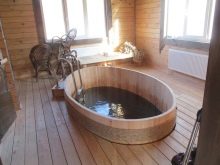
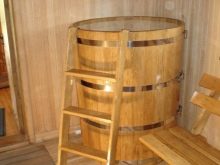
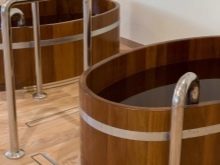
The inner space is much more specific. There is no need to equip a steam room. In order for the water temperature to be maintained at an optimal level, the room must be insulated very carefully. Traditionally, Russian builders choose linden or pine lining for this purpose.
It is strictly unacceptable to use any synthetic materials for finishing.even if they reproduce the appearance of a natural finish exceptionally well. In a Japanese bath, like any other, the washing room cannot be equipped with sockets. The electrical part (except for waterproof lighting) is located in the dressing room. Stainless steel stoves are best, a high-quality cast iron vat will help keep the heat for a long time.
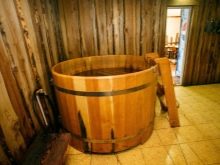
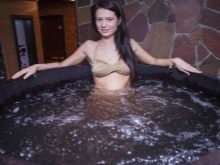
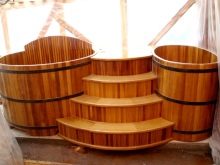
Recommendations
Since furako is a rather complex structure, and it is difficult for non-professionals to prepare it, it is better to order an individual project or buy a ready-made sample. For manufacturing, it is worth using boards from trees that have been growing for at least 200 years. After completing the work, the surface of the barrel should be covered with wax (this will increase its service life). Do not take metal structures for connection. Be sure to make a couple of stairs made of wood so that you can enter and exit the furako autonomously, without interfering with each other.
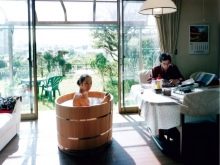
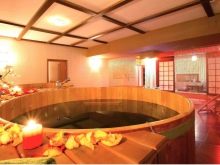
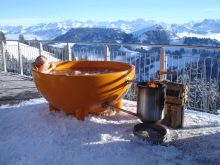
If the barrel is placed on top of the oven, it is recommended to place a reliable thermometer inside: then it will be easier to control the water temperature.When choosing a design with an internal location of the oven, a vertical baffle is used, thanks to which users are not exposed to the risk of burns. The oven must be completely submerged in water: you only need to take structures that can be sealed. Furakos heated by external stoves through a heating water supply are the most modern and safe solution.
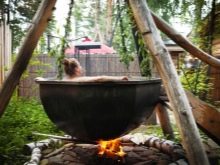
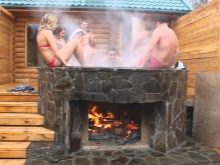
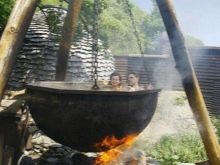
In the latter case, it will be necessary to provide an additional pipe to drain the chilled liquid (the tap below helps to drain the container). Wood heating is preferable for outdoor baths; inside the building, an electrical system is often used. True Japanese tradition means a large lounge area.
Buddhist slowness and calmness require the use of large tables, chairs and comfortable sofas, allocating a place to make tea. A sanitary facility in a Japanese bath is strictly required. For the upper waterproofing of the foundation pillars, it is recommended to use liquid bitumen, covered with two layers of roofing material. When decorating the interior, you should not take pine and spruce: these species are easily heated (the risk of burns is great). Any wood is supposed to be treated with antiseptic compounds. A ventilation system is always made, thanks to which the room will dry faster.
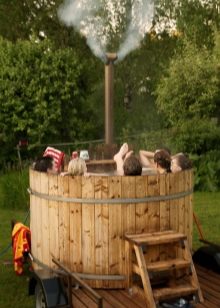

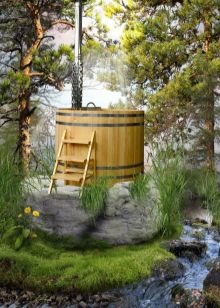
A Japanese-style sawdust bath is filled with sawdust heated to 50 degrees. Traditionally, cedar sawdust mixed with rice bran and crushed medicinal plants are considered the most valuable in terms of medicinal properties. You should not think that using a Japanese bath in a city apartment is an unattainable dream.
Its imitation is achieved through special techniques:
- water is poured into the bath, heated exactly to 37 degrees;
- for 12 - 15 minutes of bathing, you need to gradually raise the temperature to 41 - 43 degrees;
- warmed-up visitors go out, put on terry robes;

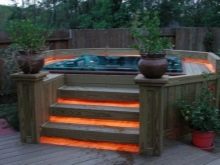

- sweating takes about 1⁄2 hour;
- a suitable drink is tea with the addition of raspberries or honey;
- the procedure ends with air drying and two hours in bed under blankets.


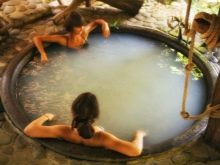
Having tried such a washing regime, it will be easier to understand whether a Japanese bath is really needed or is it an unjustified exotic. And if the decision turns out to be positive, all the subtleties and nuances are already well known. It's time to get down to business in order to touch one of the sides of the life of a distant Asian country in a few months.
See below for more details.




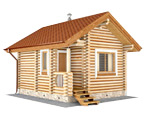
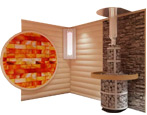
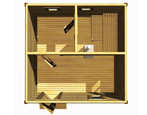
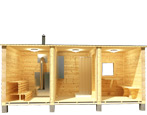
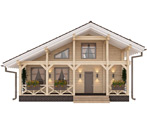
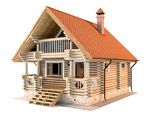


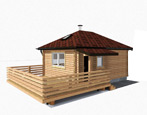
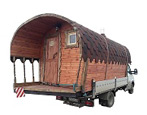


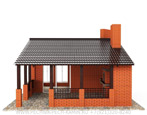

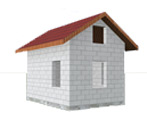

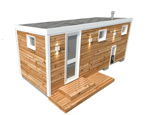
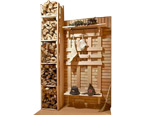
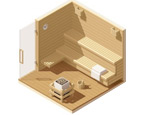
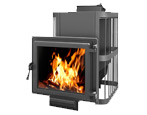
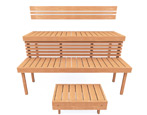
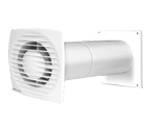

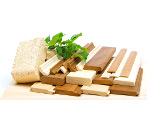


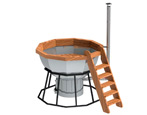
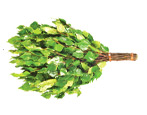
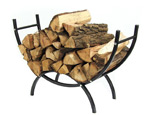
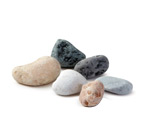
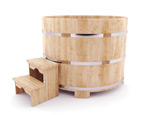
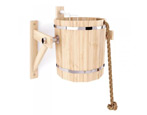
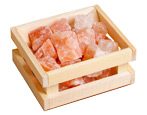

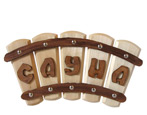
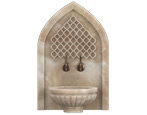

























































The comment was sent successfully.